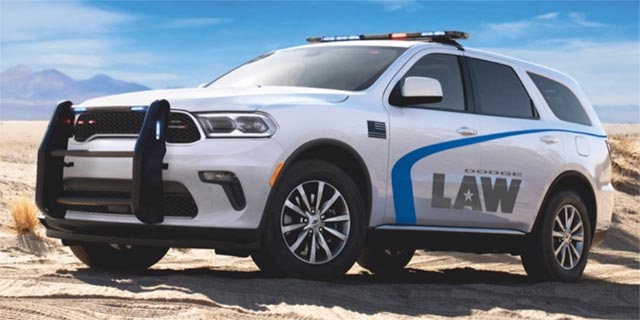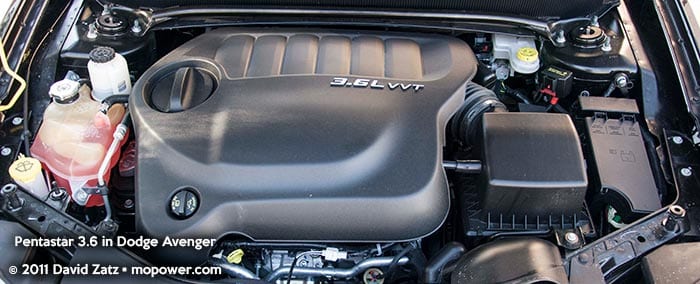This year, for the first time in its history, the Michigan State Police ran their tests without any actual sedans. The Dodge Charger, Ford Police Interceptor, and Chevrolet Impala are all history.

Dodge had a single entry, the Durango, with all wheel drive and a choice of Pentastar or Hemi V8 engines. The V6 and V8 had a 1.45 minute gap in the overall dynamics testing, showing that the eight-speed and V6 are a reasonable combination.
Chevrolet, for the first time ever, had an electric police pursuit car in the mix; Ford entered its Mach-E Mustang again, but technically it’s a special service vehicle, not a pursuit. There was nary a sedan from any maker, but three pickups were entered (four if you count GM’s Silverado pair separately) along with a trio of Ford Explorers, the two Durangos, and the various Chevrolets.
In vehicle dynamics testing, the clear leader was the Ford Explorer Turbo AWD, coming in at 1:35.17 (averaged out over 20 trials—five each for four drivers). The slowest was the Chevrolet Silverado Z7X 4WD, at 1:41.50. The Durangos were in between, at 1:38.10 for the Hemi and 1:40.75 for the V6. The Hemi was just about identical to the Explorer 3.3-liter AWD and a bit quicker than the Explorer Hybrid AWD.
The full sized pickups did not do well; there were three of them, and none was a Ram. The Ford F-150, powered by a 3.5 liter turbo engine with four wheel drive, came in between the Durangos, at 1:38.99; that was enough to clobber the Silverados, a Z7X and Z71, both with four wheel drive, at 1:41.50 and 1:40.14 (the latter slightly faster than the Durango V6).

In braking, stopping distance from 60 mph was best in the Ford EV (130 feet), and worst in the Ford F-150. Indeed, the F-150’s stopping distance of 160 feet was bad enough to be similar to a 1970s car. The Durangos stopped in 136 (V8) and 137 (V6) feet, towards the longer side; the two big Chevy pickups stopped in 144 and 145 feet, which like the Ford pickup was dangerously long for a police car. The three Explorers came to a halt in 129-132 feet; the Tahoes in 130-132 feet, which is impressive for their bulk; and the Chevy Blazer EV, in 135 feet, slightly ahead of the Durangos.
For acceleration, the pickups did pretty well, though the Silverados had a top speed of just 112 mph and the F-150 topped out at 120 mph.
In the EV crew, the Blazer’s 0-60 of 5.2 seconds was impressive, but not as impressive as its 0-100 of 11.1 seconds—which was beaten by the Ford Mach-E’s 0-60 of 4.1 and 0-100 of 10.9.
The Durangos were midpack, with the V6 running 8.3 and 23.1 (0-60 and 0-100) and the Hemi running 6.7 and 17.7. The best of the Explorers, the turbo 3.0, ran 0-60 in just 5.8 and 0-100 in 15.1, quite respectable; the slowest of the Explorers, the 3.3, took 7.6 and 19.1 seconds, respectively. The slowest of the group in 0-100 times was the Durango V6. The Ford hybrid managed 0-60 in 7 seconds flat and 0-100 in 17 seconds flat, beating the Hemi Durango.
The moral of the story in braking and acceleration seems to be that if you’re going to make a police car out of a pickup, do so with an electric model. The Blazer EV’s 135-foot stopping distance was quite respectable—beating both Durangos—while the Ford’s was outrageously bad and the Silverados’ were nothing to brag about. The Blazer did reasonably well on the dynamics tests, and very well indeed in raw acceleration.
Not addressed in these tests was fuel economy, price, or availability.
Discover more from Stellpower - that Mopar news site
Subscribe to get the latest posts sent to your email.
